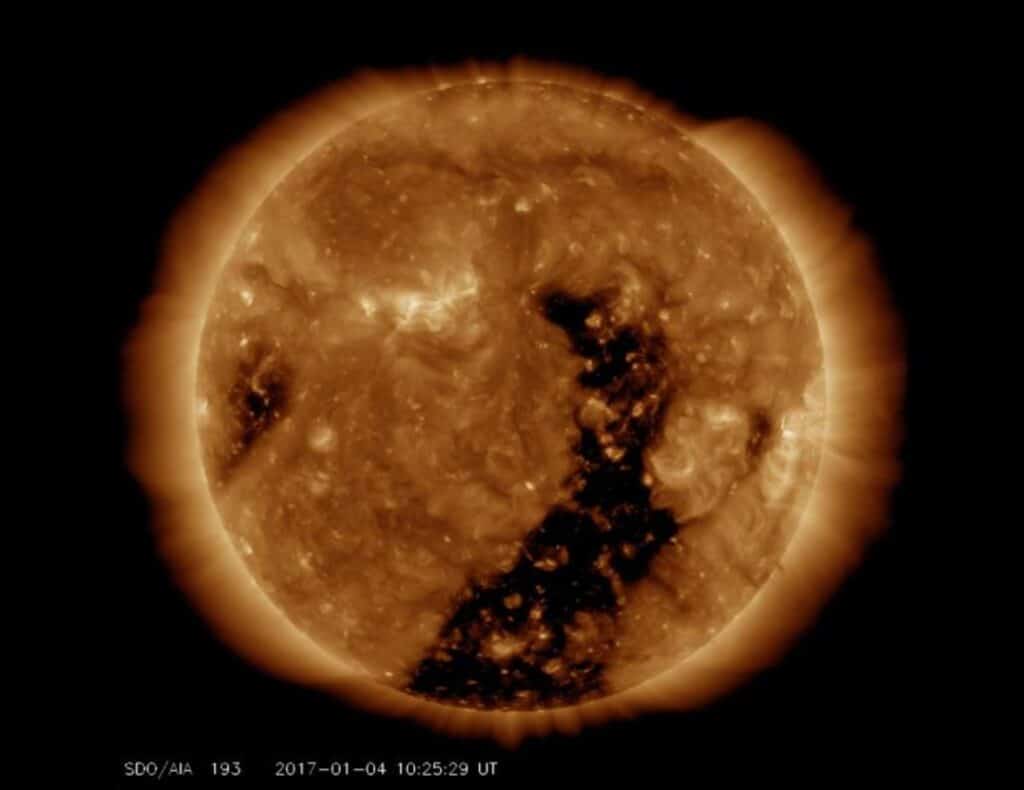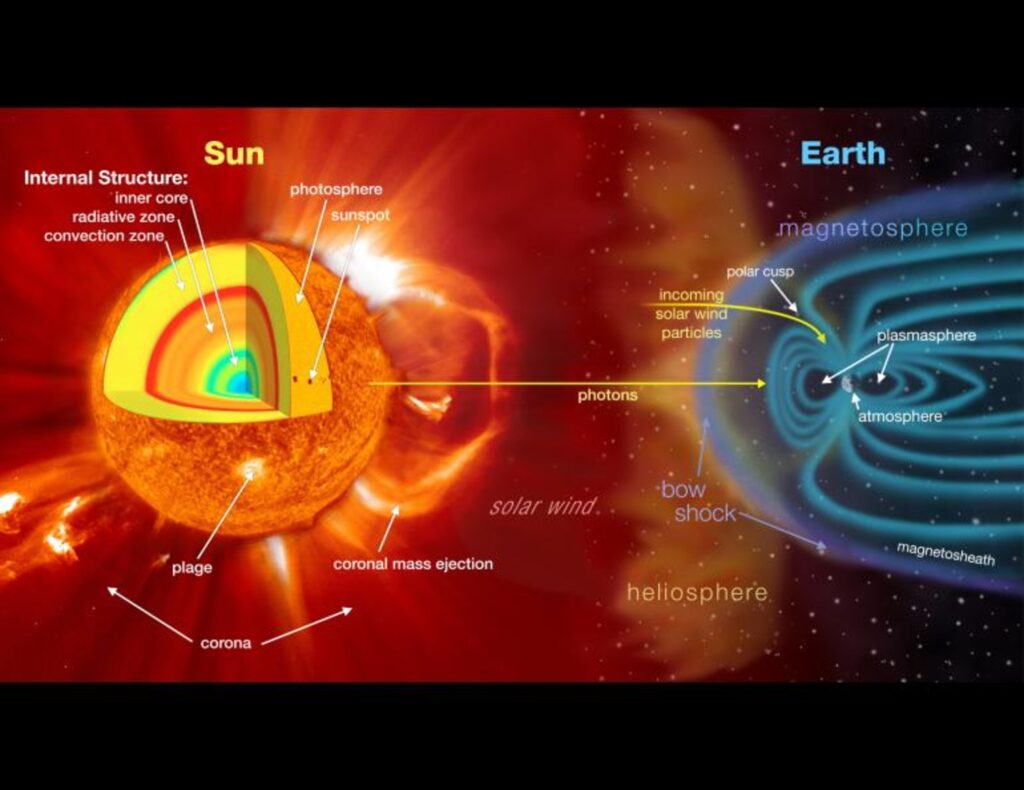Predicting weather on Earth can be a crapshoot, so imagine how hard it is to do the same in space. But, a new NASA initiative is looking to make it easier by improving space weather forecasting and preparedness. NASA recently announced the establishment of four Space Weather Centers for Excellence, with the aim of developing enhanced space weather forecasting models and products within the next five years.
Dr. Doğacan Öztürk, a research assistant professor at the University of Alaska Fairbanks Geophysical Institute, has been named a co-investigator at the newly formed Space Weather Operational Readiness Development center, also known as SWORD. This center is one of the four new facilities focused on space weather.
The primary objective of the SWORD center is to create space weather forecasts that are more accurate and frequent than what is currently available. This improved forecasting will have far-reaching benefits, particularly for operators of satellites, communication and navigation systems, and power grids, all of which can be vulnerable to damage or disruption caused by space weather.
“We have a good sense of how things work on a large scale, but we are having problems when we start looking at the smaller scales,” says Dr. Öztürk in a university release. “For example, it might be snowing in downtown Fairbanks but not in the nearby hills. Those small differences are important for operational purposes What we want to be able to do in near-Earth space is similar. We want to have a more refined-resolution forecast for space weather.”

The SWORD center will be based at the University of Colorado Boulder and led by Thomas Berger, the director of the university’s Space Weather Technology, Research, and Education Center. SWORD’s research will focus on improving forecasts and real-time predictions of the orbital space environment, particularly in the crucial low-Earth orbit region that is becoming increasingly crowded with satellites and debris. Additionally, SWORD research will investigate the space between Earth and the moon, a region generally outside Earth’s protective magnetic field, to support NASA’s Artemis program in its lunar exploration efforts.
“This is about expanding our numerical modeling capabilities for forecasting and the mitigation of space weather and space-related risks in the near-Earth environment,” notes Dr. Öztürk.
One of the key areas of research will involve improving models to better understand the interaction between Earth’s protective magnetosphere, which shields the planet from the sun’s radiation, and the ionosphere-thermosphere-mesosphere region. This region begins about 31 miles above Earth’s surface and extends to the upper reaches of the thermosphere, located at the edge of space, at approximately 300 to 600 miles.
Changes in the solar wind, a continuous stream of particles emanating from the sun at speeds exceeding 1 million miles per hour, can affect this upper atmosphere region. When the solar wind heats the thermosphere, it expands, leading to an increase in density and temperature, which can create drag on satellites and potentially cause them to re-enter Earth’s atmosphere prematurely. This phenomenon was observed in February 2022 when a solar storm knocked 40 Starlink satellites out of orbit.
Dr. Öztürk will be focusing on studying how energy dissipates within the magnetosphere, leading to wave-like density variations in the upper atmosphere’s plasma, a hot gas composed of electrically charged particles.
The research conducted at the SWORD center will be made available to organizations such as NOAA and NASA through the cloud-based system of Amazon Web Services. It may also prove beneficial for the U.S. Space Force and civilian space traffic managers as they work to track the growing number of satellites and debris objects orbiting the Earth.
“The space weather system is more complex,” says Berger. “You’ve got magnetic fields. You’ve got electric currents and plasmas. The solar radiation is changing all the time in ways that really affect the atmosphere, so you need more complex models and new data assimilation mechanisms to get a good forecast.”












